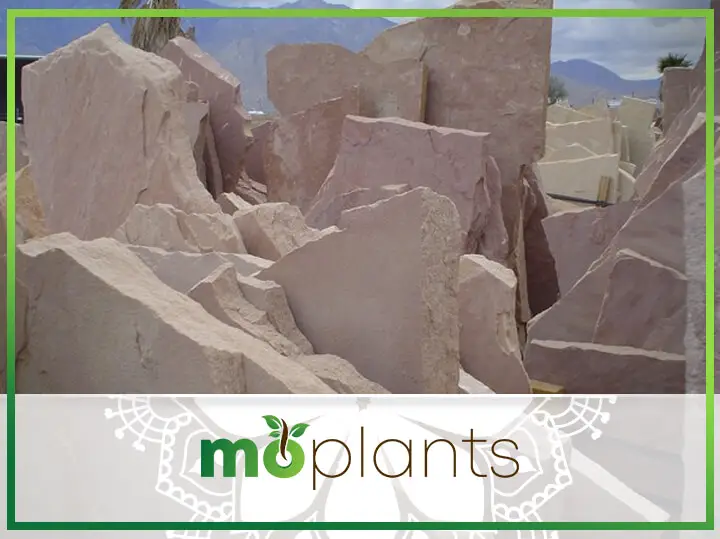Urban runoff carries contaminants, such as litter, food, human and animal waste, automobile fluids, industrial pollutants, fertilizers and pesticides to the beach, creating health risks for people, killing marine life and contributing to localized flooding and beach closures.
–City of Santa Monica
Our nation’s largest cities were founded as ports on waterways from rivers to bayous and oceans. Here storm drains were designed to carry rainwater runoff to large bodies of water. The problem today is that our cities are so large that storm drains deliver far more than rain to bays and shorelines. They speed byproducts of urban life to pollute these pristine waterways. This water no longer percolates through the soil to the water table, threatening many age-old underground sources.
This is an oversimplified description of why many cities throughout America have enacted urban runoff regulations that strictly forbid water from a home landscape to drain into the storm water system. This is the reason that permeable paving is now preferred over large areas of solid surfacing that sheets water off to flow directly into storm drains.
This trend has stimulated a huge interest in flagstone because these natural slabs of rock may be laid without mortar, making every joint a natural drain. Rain or irrigation water applied to this “open” paving will gather in these joints and percolate down into the water table rather than running off.
The natural beauty of flagstone is unmatched by any other manmade paver. It is mined at quarries in many states, and each of these sources will yield various kinds of stone sliced into naturally shaped slabs known to the industry as irregular flagstone. Each kind of stone is given a trade name linked to its color, quarry or region of origin. Before you select flagstone for your new permeable patio, consider the kind of stone relative to its longevity.
Sedimentary stone such as sandstone and limestone is created by the hardening of sediment layers. Igneous rock like basalt and granite is formed from hot, molten material that cools and becomes solid and exceptionally hard. Metamorphic rocks are formed when heat and pressure change sedimentary stone into a much harder form. For example, sandstone becomes quartzite and limestone is transformed into marble.
Arizona flagstone is a sedimentary sandstone used widely in the Southwest because it does not heat up like more dense alternatives. Over time, though, it can begin to flake when repeatedly exposed to water as pool decking or due to irrigation overspray. The porosity of this stone also makes it prone to staining because it absorbs liquids from red wine to barbecue grease. Many landscapers have begun to use its metamorphic alternative, quartzite, to solve this problem.
When creating a permeable patio for your home, keep in mind that flagstones must be thicker because they aren’t supported by a concrete slab. When laid directly on your soil for a budget application, select larger pieces around 2 inches thick to give them enough structural integrity to prevent cracking or wobbling. If you lay flagstones on a gravel base, the slabs are less prone to gradually sinking into the ground.
The joints between slabs must be filled with fine gravel to make this a safe walking surface. It’s not uncommon to use turf or other matlike shallow rooted groundcovers, too. Some even cut artificial turf to fit into larger gaps for a beautiful, easy-care mosaic of stone and green.
Flagstone may cost a bit more, but it’s a green choice for naturalistic patios and walkways. Explore the many colors and applications at http://www.landscapingnetwork.com/flagstone, then find out what’s available from your local supplier. This ideal DIY project not only enhances the beauty of your yard, you’re helping reduce pollution and preserve groundwater resources through the benefits of 21st-century permeable paving.


